Root Canal Treatment
Save Your Natural Tooth, Relieve Pain, and Restore Function
What is Root Canal Treatment?
Root Canal Treatment, often abbreviated as RCT, is a dental procedure designed to save a severely infected or damaged tooth. It involves removing the infected pulp (the soft tissue inside the tooth), cleaning and disinfecting the canals, and then filling and sealing the space to prevent further infection.
Despite its reputation, modern root canal treatment is comfortable, highly effective, and helps preserve your natural tooth — avoiding the need for extraction and replacement.
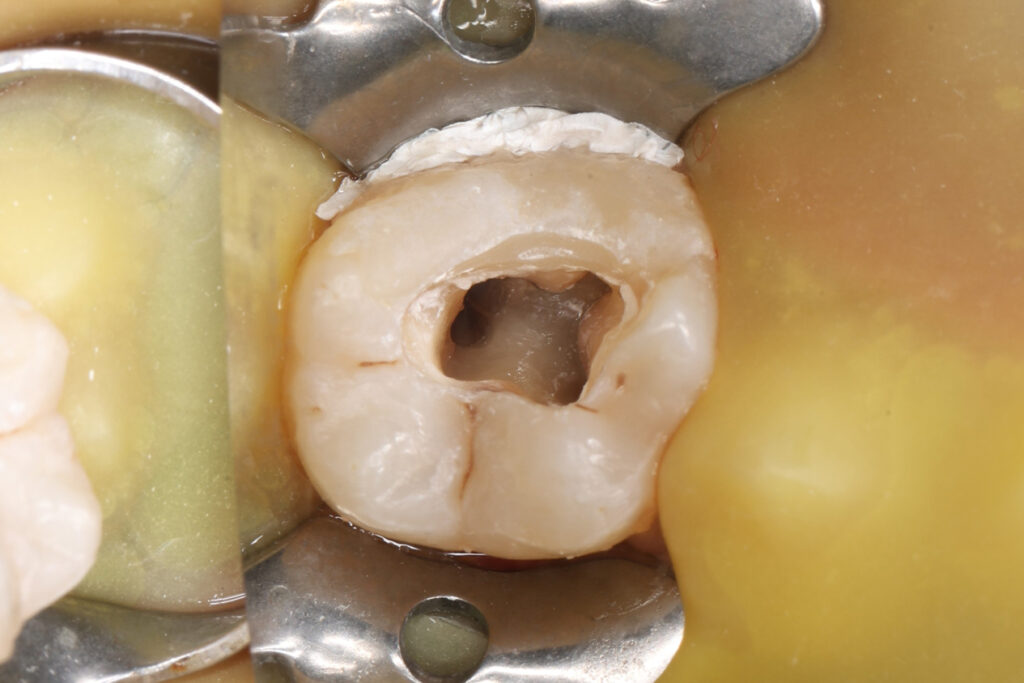
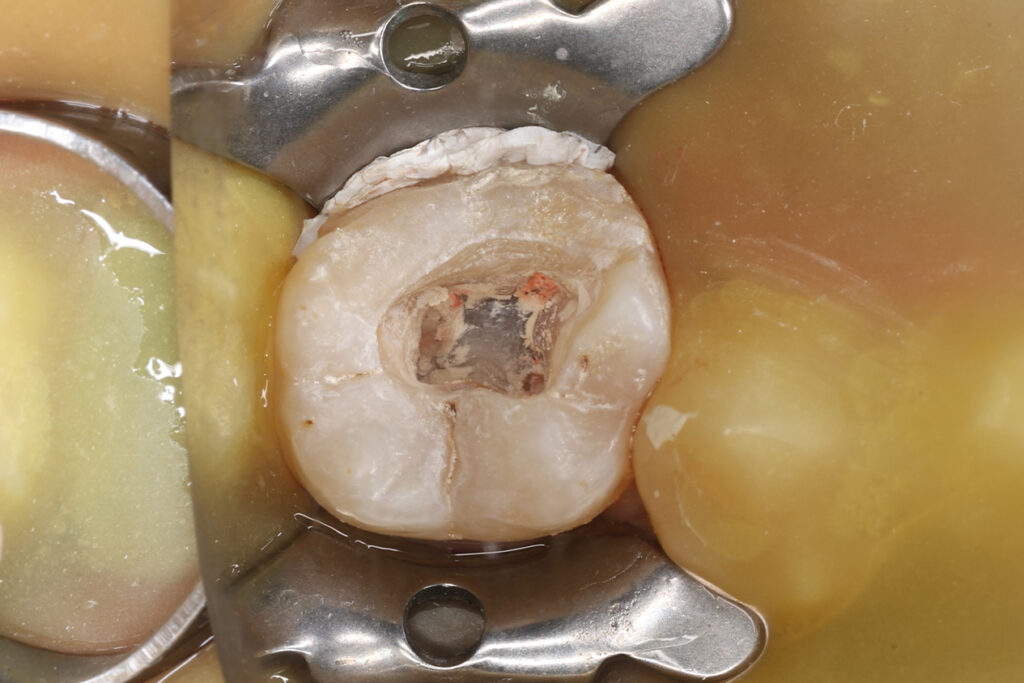
Dental Specialist
Dr. Harshdeep S. Multani

Dr. Harshdeep S. Multani, MDS in Conservative Dentistry and Endodontics, leads Finesse- Dental, Cosmetic & Laser clinic. A trailblazer in dentistry, he blends academic excellence with a passion for innovation. With a commitment to offering the latest in dental care, Dr. Multani envisions Finesse as a hub for cutting-edge dentistry, integrating global best practices.
Dr. Harpreet K.Multani

Dr. Parwan Gill

Understanding the Tooth Structure
Each tooth has several layers:
- Enamel: The hard outer surface
- Dentin: The middle layer
- Pulp: The innermost soft tissue containing nerves and blood vessels
When the pulp gets infected due to decay, injury, or repeated dental procedures, it can lead to severe pain and eventually tooth loss if left untreated.
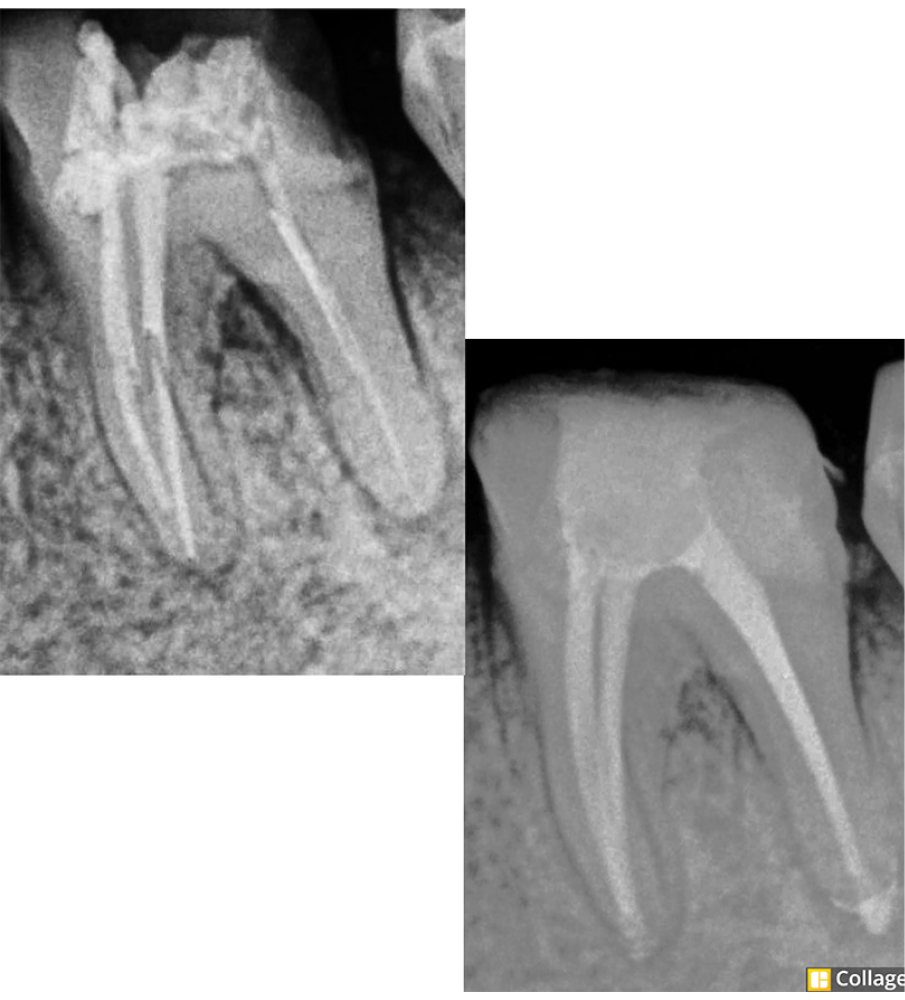
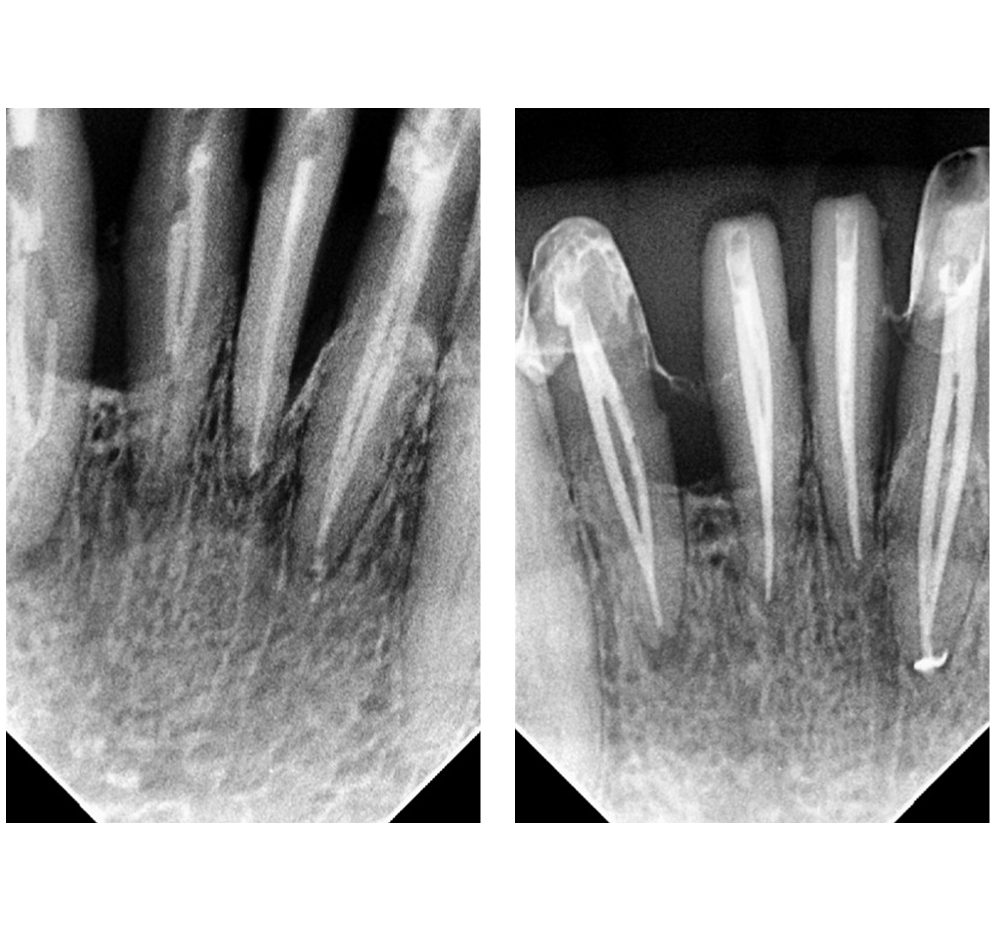
Causes of Pulp Infection
Several factors can lead to pulp damage or infection:
- Deep dental decay (cavities)
- Trauma to the tooth
- Cracks or chips
- Large fillings
- Repeated dental treatments on the same tooth
Why Might You Need a Root Canal?
- Persistent toothache or throbbing pain
- Sensitivity to hot or cold, even after the stimulus is removed
- Pain when biting or chewing
- Swelling or tenderness in the gums
- Discoloration or darkening of the tooth
- Pimple-like swelling on the gums (dental abscess)
Ignoring these symptoms can lead to serious complications like abscess formation or bone loss around the tooth root.
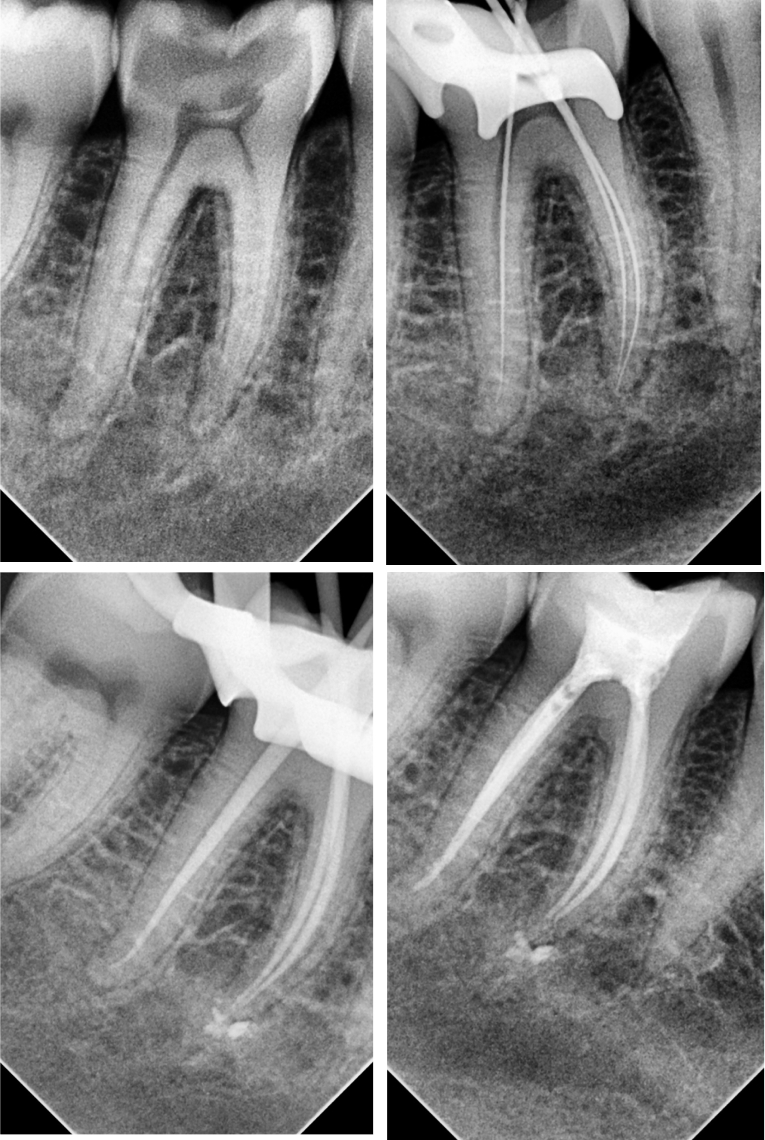

The Root Canal Procedure – Step by Step
At Finesse Dental Cosmetic Clinic, we use advanced rotary instruments and digital imaging to make your RCT precise, efficient, and painless. Here’s what to expect:
Diagnosis & Digital Imaging
Your tooth will be examined clinically and with digital X-rays to determine the extent of infection and the shape of the root canals.
Local Anesthesia
We ensure your comfort with effective anesthesia so that you feel no pain during the procedure.
Access & Cleaning
A small opening is made in the crown of the tooth to access the infected pulp. The pulp is removed, and the root canals are carefully cleaned, shaped, and disinfected using modern rotary files.
Filling the Canals
The clean canals are filled with a biocompatible material called gutta-percha, and sealed to prevent reinfection.
Restoration
The tooth is then sealed with a temporary or permanent filling. In most cases, a crown is recommended afterward to strengthen and protect the treated tooth, especially in the back of the mouth.
Benefits of Root Canal Treatment
- Pain relief from infection or inflammation
- Preserves your natural tooth, avoiding the need for extraction
- Restores normal chewing and biting function
- Prevents adjacent teeth from shifting
- Cost-effective compared to tooth extraction and replacement with implants or bridges

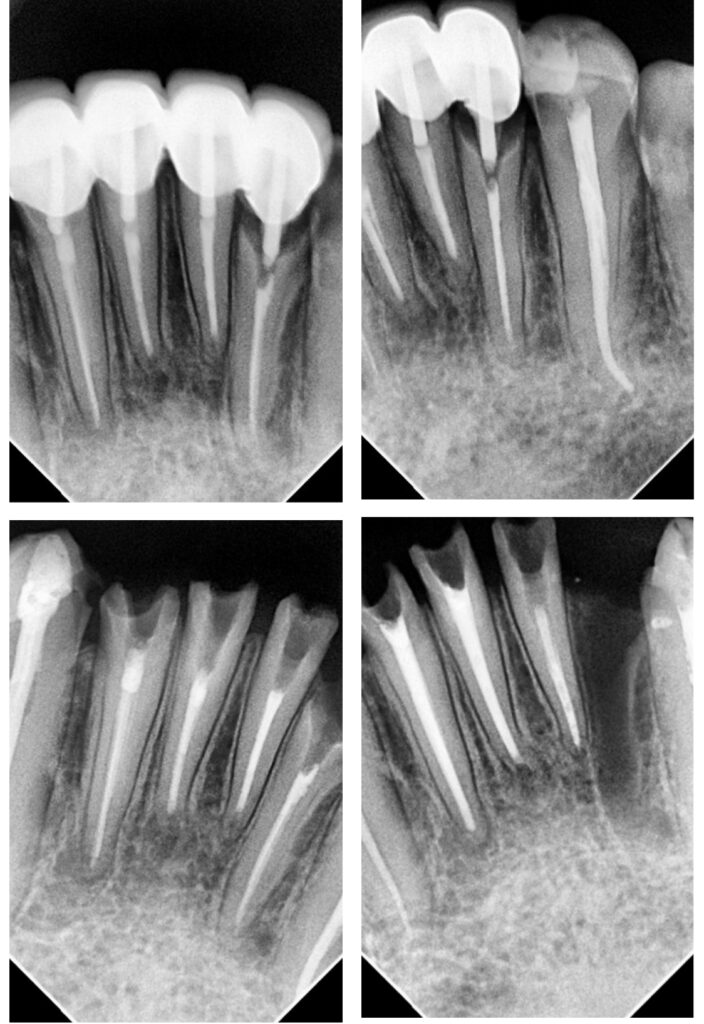
Myths vs. Facts
- Myth: Root canals are painful.
Fact: With modern techniques and anesthesia, RCT is no more painful than getting a filling. - Myth: It’s better to remove the tooth.
Fact: Saving your natural tooth helps maintain proper function and aesthetics — and is usually the best long-term solution. - Myth: Root canals take multiple appointments.
Fact: Most root canals can be completed in 1 to 2 visits, especially with the use of modern rotary instruments.
What Happens If You Delay Treatment?
Avoiding or delaying root canal treatment can lead to:
- Spread of infection to other teeth or jawbone
- Formation of abscesses or cysts
- Tooth loss
- Complications that require more expensive procedures
Aftercare and Recovery
- Mild discomfort for a few days is normal and can be managed with painkillers.
- Avoid chewing on the treated tooth until the permanent restoration is placed.
- Maintain good oral hygiene and regular dental check-ups.
Why Choose Finesse Dental Cosmetic Clinic for RCT?
- Performed by experienced Endodontists
- Use of digital X-rays, apex locators, and rotary systems for precision
- High success rate
- Emphasis on painless dentistry and patient comfort
- Option for Single Sitting RCT in suitable cases
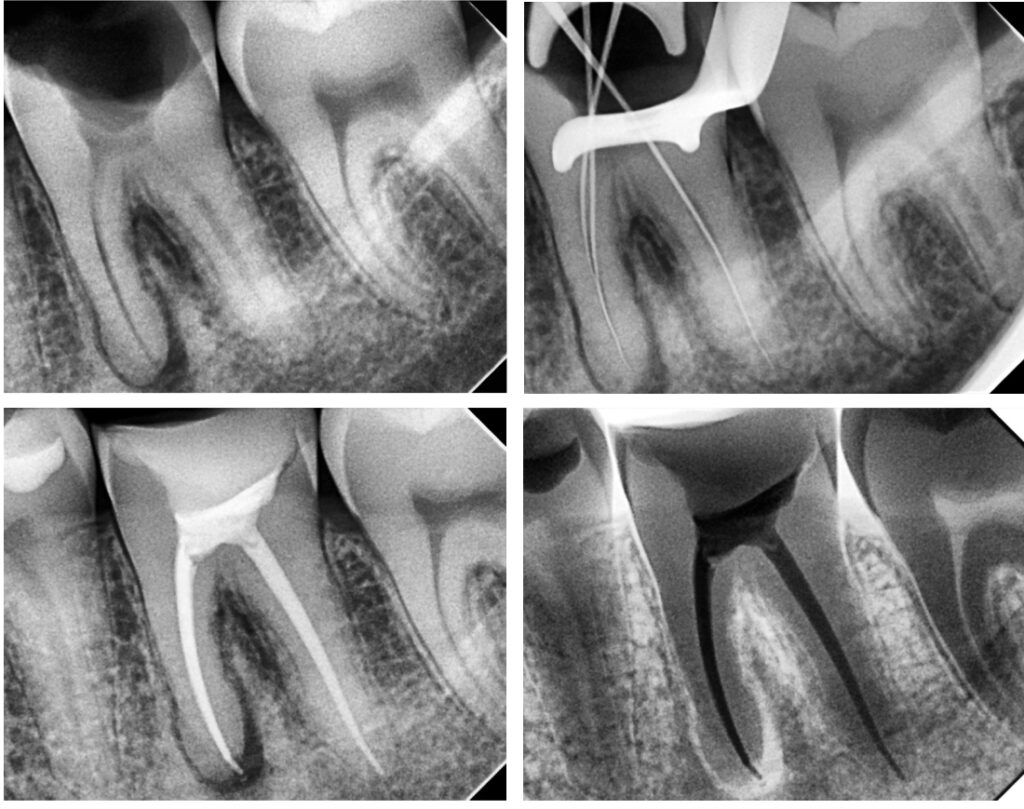
Book Your Appointment Today
Don’t let tooth pain disrupt your life. If you’re experiencing sensitivity, swelling, or dental discomfort, early treatment can save your tooth and prevent more serious problems. Call us or book your consultation online to discuss if Root Canal Treatment is right for you.
